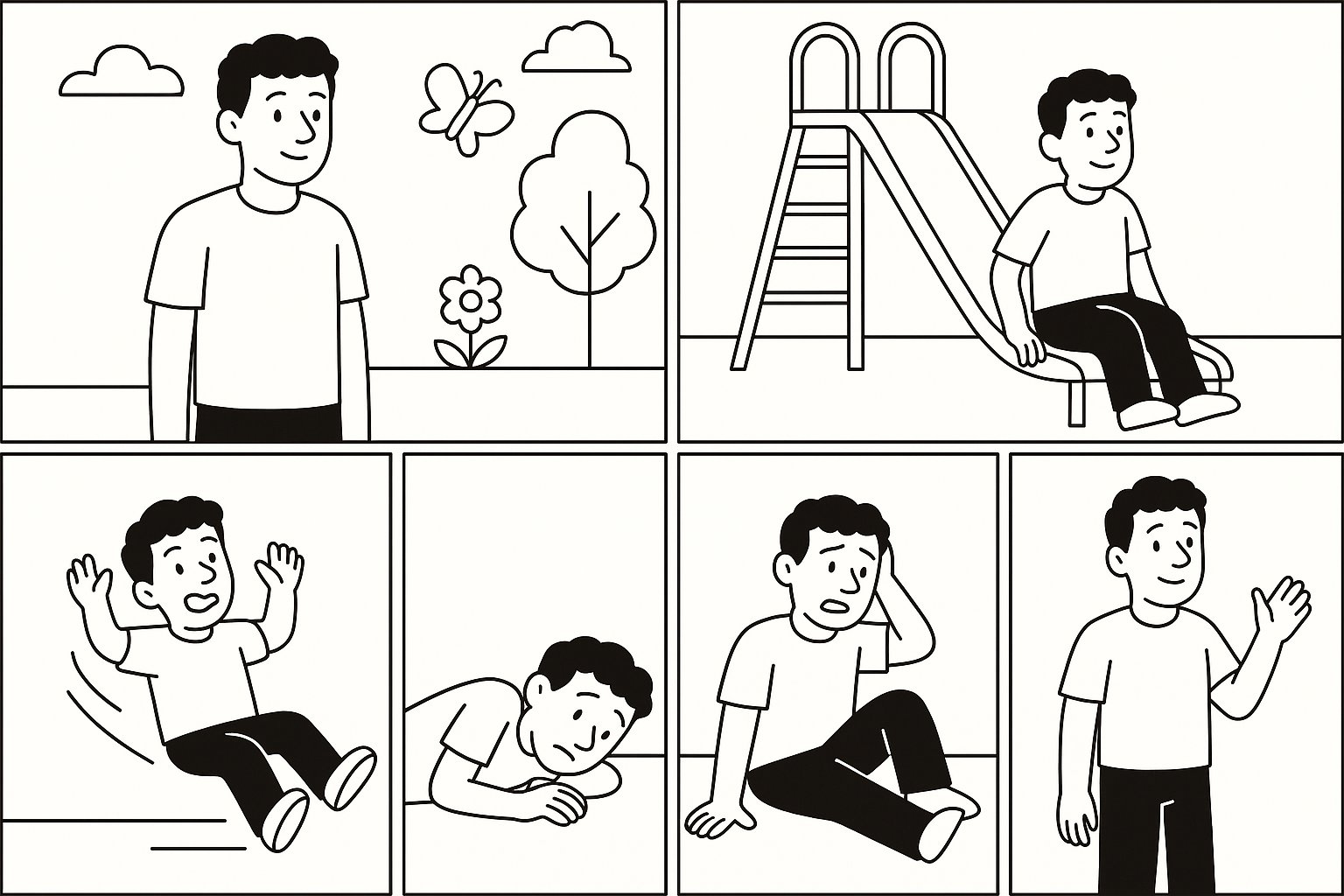Middle School ELA · Activities
20 Free Middle School ELA Activities That Actually Keep Students Engaged

Why Engagement Matters in Middle School ELA
Middle schoolers are hilarious, intense, and brutally honest. If a lesson feels slow or disconnected, they shut down quickly. But when activities invite movement, creativity, and choice, students who usually hide at the back suddenly lean in.
These 20 free, low-prep ELA activities are designed for grades 6–8 and align with core standards in reading, writing, speaking and listening, and language. Use them as warm-ups, stations, or full-period mini-lessons.
1–5: Quick Whole-Class Activities
1. “Evidence or Cap?”
Share a short paragraph and a list of statements. Some are strong claims backed by the text, others are exaggerations or totally unsupported. Students label each as “Evidence” or “Cap” and briefly explain why.
Skills: Argumentation, evaluating evidence, citing text evidence (RI/RL 6–8.1).
2. Emoji Summaries
After reading a chapter or article, students summarize it using only three emojis and one sentence. They then share and justify their emoji choices with a partner or the class.
Skills: Determining central idea or theme, summarizing (RI/RL 6–8.2).
3. The 12-Word Story Challenge
Ask students to write a complete story in exactly 12 words. You can give them a prompt (e.g., “unexpected visitor,” “lost and found”) or let them choose their own. Share a few aloud and discuss what makes a story feel complete.
Skills: Narrative writing, concise language, word choice (W.6–8.3, L.6–8.3).
4. Context Clues Face-Off
Display a short paragraph with a bolded Tier 2 vocabulary word. In pairs, students race to write a definition using only the context clues around it. After a minute, share ideas and reveal the actual dictionary meaning.
Skills: Using context to determine word meaning (L.6–8.4).
5. Claim vs. Evidence Card Sort
Print out statements related to a topic: some are claims, some are reasons, some are evidence, and a few are just random opinions. In groups, students sort them into categories and defend their choices.
Skills: Argument writing structure (W.6–8.1), distinguishing claims, reasons, and evidence.

6–10: Movement & Creativity Activities
6. Figurative Language Hunt
Give students a poem, song lyrics (school-appropriate), or a short story excerpt. Their mission: find as many similes, metaphors, and personification as possible before time runs out. Award bonus points for explaining the effect of each device.
7. Character Hot Seat Interviews
One student sits in the “hot seat” as a character from your current text. The class asks questions, and the student must answer in character, using evidence from the story to stay consistent with the character’s personality and experiences.
8. One-Sentence Story Structure
Challenge students to write a single sentence that contains the exposition, conflict, and resolution of a story they know (a movie, book, or even a fairy tale). Then have them underline each part in a different color.
9. TikTok-Style Vocabulary Challenges
Students create a school-appropriate “trend-style” explanation of a vocabulary word. They don’t need actual TikTok—just the concept: a gesture, a repeated phrase, or a dramatic skit that shows the word’s meaning.
10. Genre Sort Challenge
Provide 8–10 mini-passages, each representing a different genre (mystery, sci-fi, historical fiction, argumentative, etc.). Students sort them into categories and explain the clues that helped them decide.

11–15: Visual & Writing Activities
11. Six-Panel Comic Strip Summaries
Students retell a chapter, article, or short story in a six-panel comic strip. Each panel should include at least one key event and a short caption. This is perfect for students who think visually.
12. Debate Dash (30-Second Arguments)
Give a prompt like, “Should homework be banned?” Students get 60 seconds to write a quick argument and 30 seconds to present it to a partner. Switch sides so they practice arguing both perspectives.
13. “Fix the Evidence” Workshop
Provide weak evidence sentences, such as, “This shows it’s good.” Students rewrite them to be more specific: “This quote shows the policy is effective because…”
14. Speed Reading + Scoop Practice
Students practice fluency by “scooping” phrases with a pencil or finger, timing how long it takes to read a paragraph smoothly, then improving their time with each reread.
15. Tone Sorting
Display lines of dialogue or short excerpts with different tones. Students sort them into categories such as serious, sarcastic, hopeful, annoyed, or formal, then justify their choices using word choice.
16–20: Choice-Based & Reflective Activities
16. Collaborative Paragraph
Start a paragraph on the board. Each student adds one sentence, trying to maintain unity and coherence. At the end, analyze where the paragraph stayed focused and where it drifted.
17. Evidence Ladder
Students start with a weak claim. Step by step, they add stronger evidence and clearer reasoning, “climbing” the ladder from vague to powerful argument.
18. Theme Prediction
Before reading a story, students read only the first page and predict the theme. After reading, they revisit and refine their prediction with evidence.
19. Plot Twist Challenge
Students choose a familiar story and write a new ending that completely changes the theme or character arc. They explain how the new ending changes the overall message.
20. Quick-Write Bingo
Create a Bingo board of short prompts (e.g., “Describe a brave moment,” “Write a simile about school,” “Explain your opinion about cell phones in class”). Students complete one box per day as a warm-up.
Bringing It All Together
You don’t need elaborate materials to keep middle schoolers engaged in ELA—just purposeful routines, a little creativity, and activities that respect their need for movement and voice. Rotate a few of these ideas each week and build them into your classroom culture.
Looking for ready-to-use digital games and interactive practice for grades 6–8? Explore the ABZ Middle School ELA games and resources to plug directly into these activities.